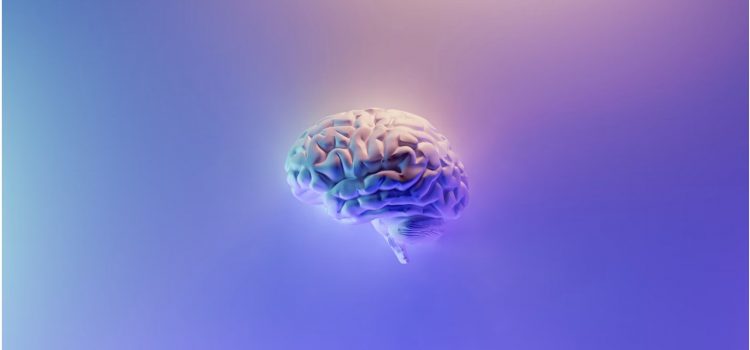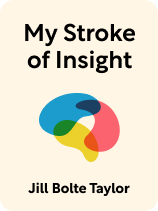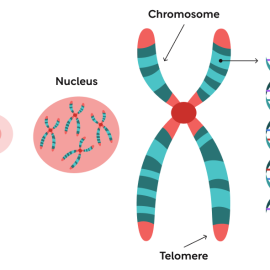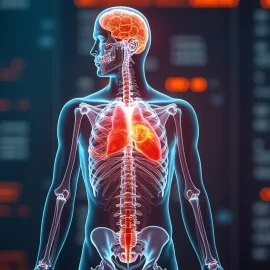

This article is an excerpt from the Shortform book guide to "My Stroke of Insight" by Jill Bolte Taylor. Shortform has the world's best summaries and analyses of books you should be reading.
Like this article? Sign up for a free trial here.
How is the brain structured? How does its structure impact its function?
The brain is the most complex organ in the body. Though each part of the brain serves its own function, they all work in tandem to create your sense of self, direct your body’s movements, and generate a coherent picture of your surroundings.
Here’s how neuroanatomist Jill Bolte Taylor explains the brain’s structure.
How Is the Brain Structured?
How is the brain structured? The brain is an intricate parallel processor (a system that can manage many functions simultaneously) composed of billions of nerve cells that are grouped into distinct regions. Brain function depends not only on those regions but on how the nerve cells network and communicate with each other.
(Shortform note: Not only is the brain incredibly complex, but it is also highly malleable—a quality known as neuroplasticity. In The Brain That Changes Itself, psychiatrist Norman Doidge defines neuroplasticity as the brain’s ability to reshape itself in response to both external and internal stimuli. Because of neuroplasticity, our brains’ network pathways don’t only change over time, but can also completely rewire themselves into new patterns.)
The innermost layers of the brain are the oldest from an evolutionary perspective. This is the limbic system, also known as the “animal brain,” which Taylor identifies as the source of your initial emotional reactions to anything you perceive in your surroundings. Surrounding the old brain is the cerebral cortex, which in humans is twice the size of that of any other species. The outermost layers of the cerebral cortex were the most recent to evolve, and they house your abilities for language, logic, and abstract thinking.
(Shortform note: Though Taylor describes the cerebral cortex as the most advanced portion of the brain, that doesn’t mean it’s more important than the rest. In The Whole Brain Child, Daniel J. Siegel and Tina Payne Bryson argue the importance of integrating the upper (cognitive) and lower (instinctive) parts of the brain as we develop in childhood. While the cerebral cortex is essential for its ability to reason and empathize with others, the inner region of the brain is crucial for its “gut instincts” and immediate responses to stimuli. When you swerve out of the way of a sudden car collision, it’s your “animal brain” that just saved your life.)
All parts of the brain are made up of information-transmitting cells, called neurons, which differ from other cells in your body in that they stop growing and replicating when you’re born. In other words, says Taylor, the brain cells you had when you were a baby are the same ones you’re using to read this right now. What changes as you mature is the way those cells connect to each other. As you age, those connections become more complex. They allow for better processing of the neural inputs from your senses, they let your cerebral cortex override your emotional limbic system, and they create new cognitive pathways for data that become ingrained as you absorb new information and practice new skills.

———End of Preview———
Like what you just read? Read the rest of the world's best book summary and analysis of Jill Bolte Taylor's "My Stroke of Insight" at Shortform.
Here's what you'll find in our full My Stroke of Insight summary:
- A neuroscientist's experience and observations after suffering from a stroke
- How the author's stroke helped her develop empathy and stillness
- How best to support stroke survivors






